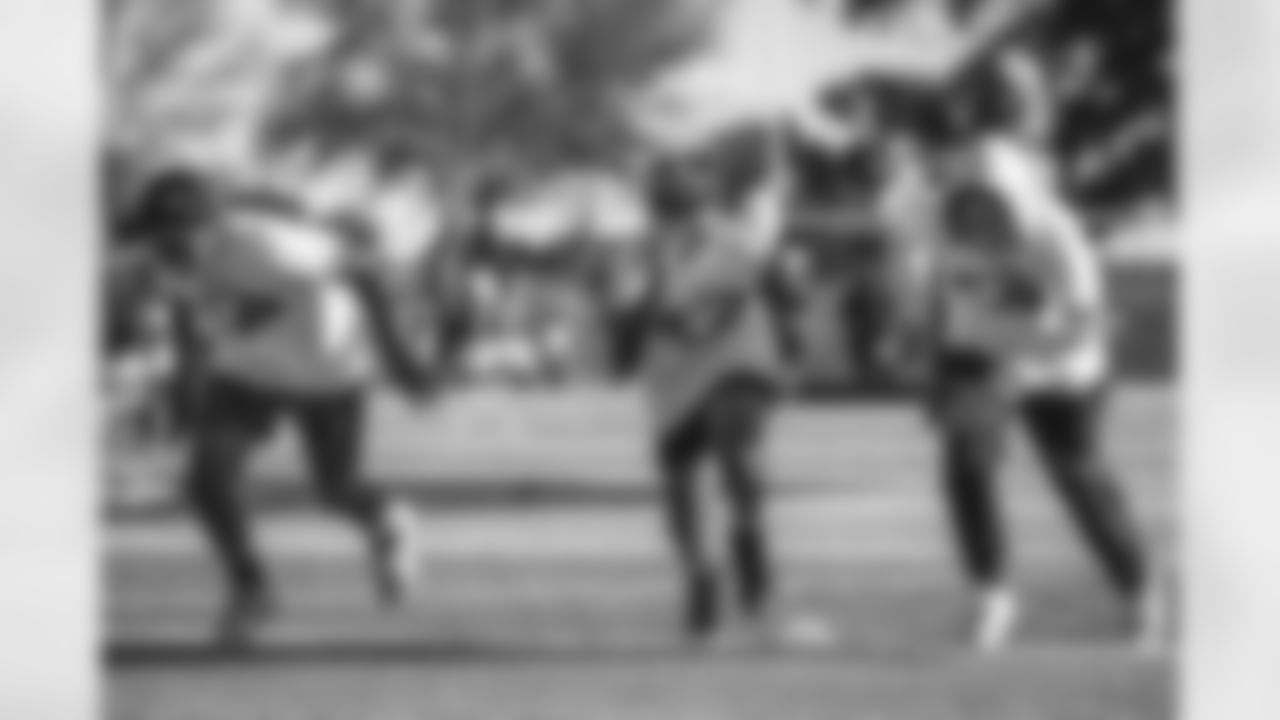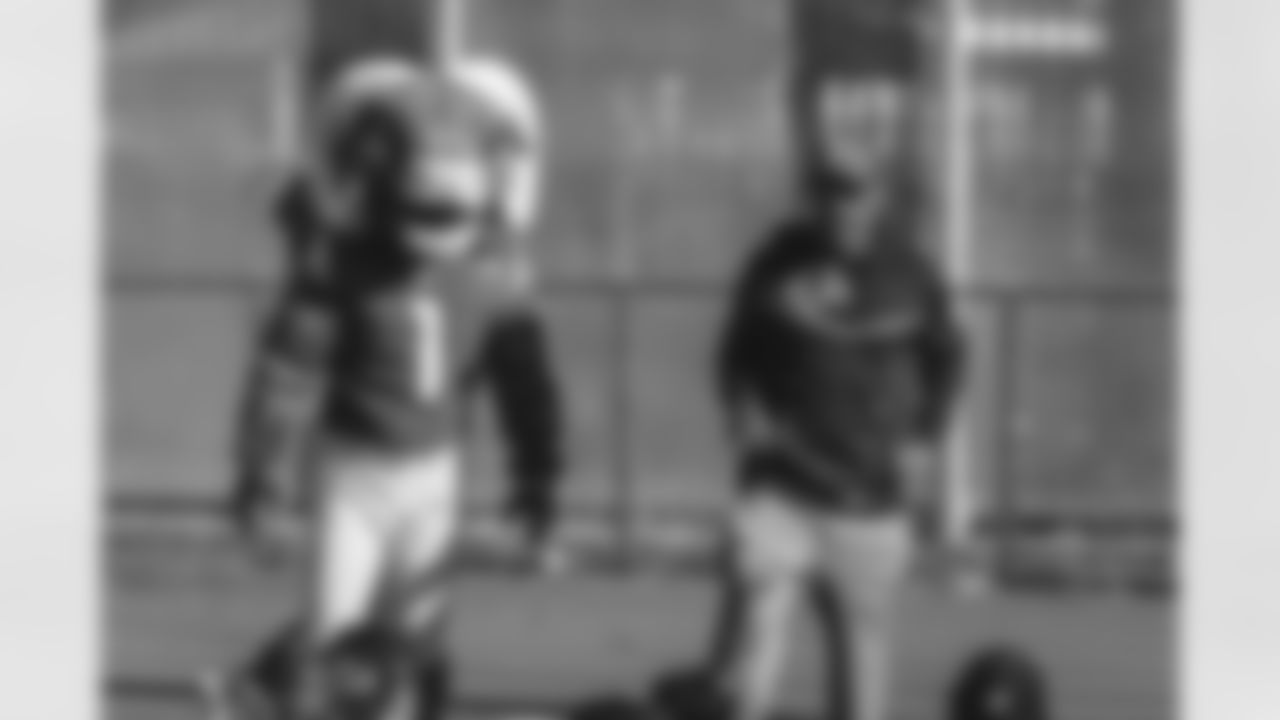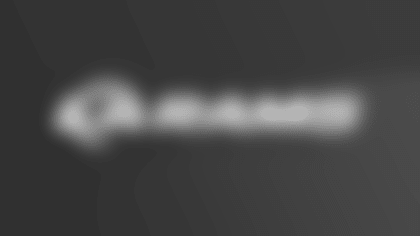The following article was published by the University of Virginia and written by Laura Hoxworth. Link:https://education.virginia.edu/news-stories/uva-student-athletes-put-youth-coaches-test
A good mentor can make all the difference. Just ask a student-athlete.
"I grew up playing basketball, so I always had coaches and mentors who were looking out for me, helping me figure out what to do and what not to do," said Chase Coleman, a fourth-year guard for the Cavaliers.
Coleman and four of his classmates – all student-athletes studying Youth and Social Innovation in the School of Education and Human Development – recently completed a final project for their major's capstone course that leveraged those experiences for good.
Typically, small groups of students partner with local youth-focused nonprofits for their final project. But Coleman and his group had a unique assignment: to build a virtual simulation for training youth football coaches nearly 3,000 miles away in Los Angeles.
A New Kind of Research Partnership
The Watts Rams youth football program, sponsored by the Los Angeles Rams, utilizes police officers and community leaders together to serve as coaches for local youth ages 7-13. Its ultimate goal is to build relationships between the police force and the local community.
Los Angeles Rams defensive lineman Aaron Donald joined the Watts Rams at Dymally Field for its grand reopening and youth football clinic. Take a look through the best photos of the Watts Rams enjoying their new field.






































































Marc Maye, general manager of the Watts Rams and executive director of Project Blue, talks a lot about the power of relationships. "We're really committed to this long-term approach," he said. "The big vision is, you get an officer working with a kid at seven years old. Ten years down the line, that kid is 17, there's a relationship that's been built, and the community has a different narrative."
So, when the Watts Rams partnered with UVA's Youth-Nex research center to create a professional development program for coaches, Maye saw the potential of the partnership from the very beginning. The two organizations shared a single priority: empowering youth. "It all goes back to the youth," he said. "At the end of the day, it's the youth that are allowing us to get to this big change that we want to see in our world."
The program took place over several months this year. During five two-hour-long virtual sessions, UVA researchers met with the coaches to discuss topics like motivation and goal-setting, critical mentoring, and youth voice and engagement.
Assistant Professor Lora Henderson Smith said the program drew on the latest knowledge in positive youth development, helping coaches understand what adolescents need – like autonomy. "So when you have a youth who pushes back or gives you a hard time, you can think about that in the context of their development," she said. The sessions also touched on foundational skills for being a coach and mentor, like active listening and asking open-ended questions. With coaches bringing their own knowledge and experience to the table, researchers said the partnership allowed for rich dialogue and learning for everyone involved.
"We really wanted to give them some new tools related to their understanding of adolescent development, and then their understanding of the ways that they can engage with youth effectively to support them both on and off the field," said Henderson Smith.
Finally, the program offered one more opportunity: the chance for coaches to practice their skills using a computer-based simulator.
Designing a Realistic Simulation
The mixed-reality simulator, manufactured by Mursion, is used at the School of Education and Human Development to prepare students for a variety of roles in K-12 settings. For example, simulations help future teachers practice classroom management.
But for this project, the team needed a brand new protocol. That's where the UVA students – Coleman, along with classmates Chayce Chalmers, Kailen Mayfield, Jayden Gardner, and Justin Phillips – came in. After meeting with researchers and sitting in on some of the training sessions, they tested an initial simulation that the researchers had built about a student being chronically late to practice.
Then, they took the lead on building a second scenario.
Wanting to create a high-pressure, emotional environment, they asked themselves, "What is one of the worst situations you could find yourself in as an athlete?" Eventually, they landed on this: In the final seconds of the biggest game of the year, the team's starting quarterback, a 14-year-old named Harrison, fumbled the ball at the one-yard line, handing the game to their rivals. The coaches would be charged with talking Harrison through the tough loss.
To build out the simulation, the students had to imagine, script, and test many different versions of both Harrison and the coaches. They drew from their knowledge of youth development, as well as all the various personalities, both coaches and players, they've encountered throughout their lives.
They created a handful of coach archetypes, like the enthusiastic coach and the sarcastic jokester. They scripted different ways players could react to a tough mistake on the field, from the kid who wants to debrief every detail with the coach, to the one who misdirects anger toward his teammates, to the one who shuts down and turns inward (Coleman: "That play will affect them, but they don't want to talk about it.")
Then they tested, tested, and tested some more. This design process, explained David-Aaron Roth, a doctoral student who helped teach the course, was an intentional part of the learning experience. "They're talking to stakeholders, they're listening, they're learning, they're designing and iterating – it's all based on a system of iteration and thoughtful consideration," he said.
Youth-Nex researchers said their input was critical to making sure the final product was both relevant and authentic.
"They were able to help us turn the theory of positive youth development into tangible, pragmatic scenarios," said Ashlee Lester Sjogren, a postdoctoral researcher with Youth-Nex. "They could pull on both their emerging expertise in youth development and on their experience as student-athletes to make the simulator stories more authentic to what might actually happen on the field."
"Next Level" Professional Development
When they remembered trying the simulator for the first time, each of the students recalled feeling nervous, despite knowing it was a simulation. But then, after a moment, they said it feels like talking to a real person. As Chalmers put it, nothing can replicate game reps – but it's the next best thing. "It really helps simulate those important conversations," he said. "It's next level."
That's why researchers included the simulator as a core piece of the training program. "Some of these youth development skills can seem so basic, at concept, but when we're put in the situation where we're supposed to implement them, they're actually quite challenging," Sjogren said. "Honestly, most adults are not that great at connecting with youth. We're not in that cognitive space anymore. We're not in that social space anymore. It's just hard to do."
Importantly, the simulator offers a safe, low-stakes opportunity to practice without impacting a real student's life. "It is not only innovative, but it's also a way in which we can help students and practitioners engage in safe, ethical and responsible skill-building," said Roth.
It also offers a carefully designed, but responsive, experience. "Pedagogically, it provides standardization," Roth explained. "Every person engages with the simulation in a different way, but it allows them all to have a generally similar experience within a set of parameters."
Maye, who has a strong background in education – his mom was a teacher, and he worked in schools for more than 15 years, including serving as an assistant principal in Watts most recently – knows that mentoring isn't something that comes automatically to everyone. He appreciated the flexibility that is built into the experience. Because there's not just one right answer, he said, it allowed every coach to take their own approach and get what they personally needed. Then, they could all discuss and learn from one another's experiences.
A Community of Trust
Maye said he has seen a positive impact in the program already. "They built a wonderful curriculum," he said. "Our coaches had a lot of 'aha' moments. I'm already starting to see the change in some of our coaches in how they interact with the kids."
The coaches weren't the only ones to walk away from the experience with new skills. "I learned a lot about myself, actually – my communication skills, what I do well and what I have to improve on," Mayfield said. "It was a really eye-opening experience and cool to see the behind-the-scenes. Just playing a role and helping develop a simulation for a greater cause, I felt like I could really make a big impact. I'm thankful for that experience."
For Coleman, who plans to become a coach himself, practicing with the simulator made him feel more confident about handling tough coaching conversations in the future. Chalmers noted that the project involved managing a lot of moving parts – coordinating with their classmates, the Simulation Lab, the Watts Rams, and the Youth-Nex research team, all while juggling school and athletics and everything else in their lives. Wherever he goes next, he believes that experience will serve him well.
"Whether I'm working in a school or in athletics, I know I'll be working with a team, and need to be able to function at a high level – because it's not only going to be benefiting me and my job, but benefiting the community," he said.
Roth described the many people who teamed up to work on this project as a community of trust. "It created this wonderful symbiotic relationship of people who can support a really authentic simulation experience," he said. "We're all working towards the same goal of creating a positive experience for mentors that is grounded in responsible and ethical practice."
Maye, of course, is focused on the bigger picture. "This work is bigger than what it may seem to some," he said. "I'm very passionate about it, because it's my life. I was one of these kids."
"It's a life-changing thing," he added.












